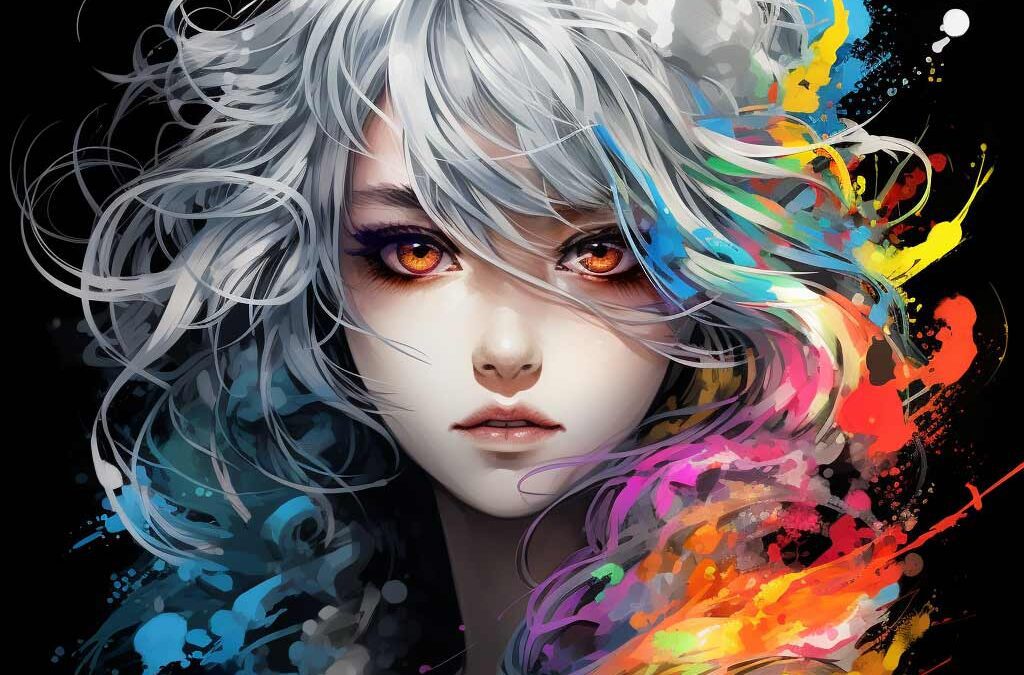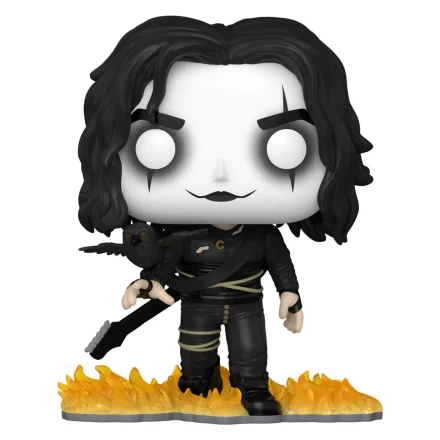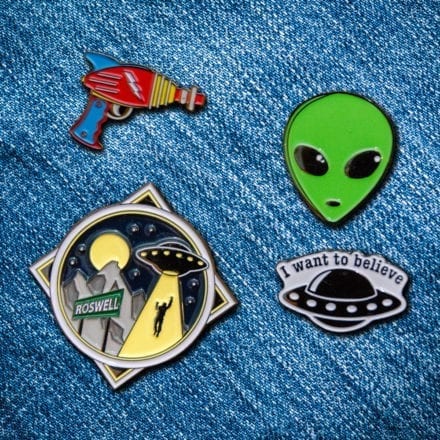In the labyrinth of pop culture, two Japanese exports have carved out a colossal niche in the hearts of American fans – welcome to the world of anime and manga. These aren’t just entertainment forms; they’ve become cultural phenomena, resonating deeply with a generation seeking escape, adventure, and a splash of the fantastical. But wait, aren’t anime and manga the same thing? Not quite, and the distinction is more than just one being a series of animations (anime) and the other a collection of comics or graphic novels (manga).
The rise of the coronavirus pandemic played a role not unlike that of a mysterious character in one of these tales, altering the landscape of entertainment. With more time indoors, many found solace and excitement in the vivid, often boundless worlds of anime and manga. These mediums offered more than just stories; they provided a unique escape, a window to explore themes of heroism, romance, and the classic battle between good and evil, all while staying comfortably on the couch.
Anime and manga, while intertwined, offer distinct experiences. Manga, with its black and white paneled pages, invites readers into a world where imagination fills the gaps. Anime, on the other hand, brings these stories to life with color, motion, and sound, creating a sensory feast.
As we dive into this exploration of anime versus manga, let’s unravel the threads that make each unique, yet inseparably connected. We’re not just talking about different ways to tell a story; we’re looking at how these forms have shaped and been shaped by a generation seeking connection in a disconnected world. So, whether you’re a die-hard fan or a curious newcomer, buckle up! It’s time to explore the dynamic and colorful world of anime and manga, and trust us, it’s going to be a wild ride.
History and Origins: From Japanese Art to Global Sensation
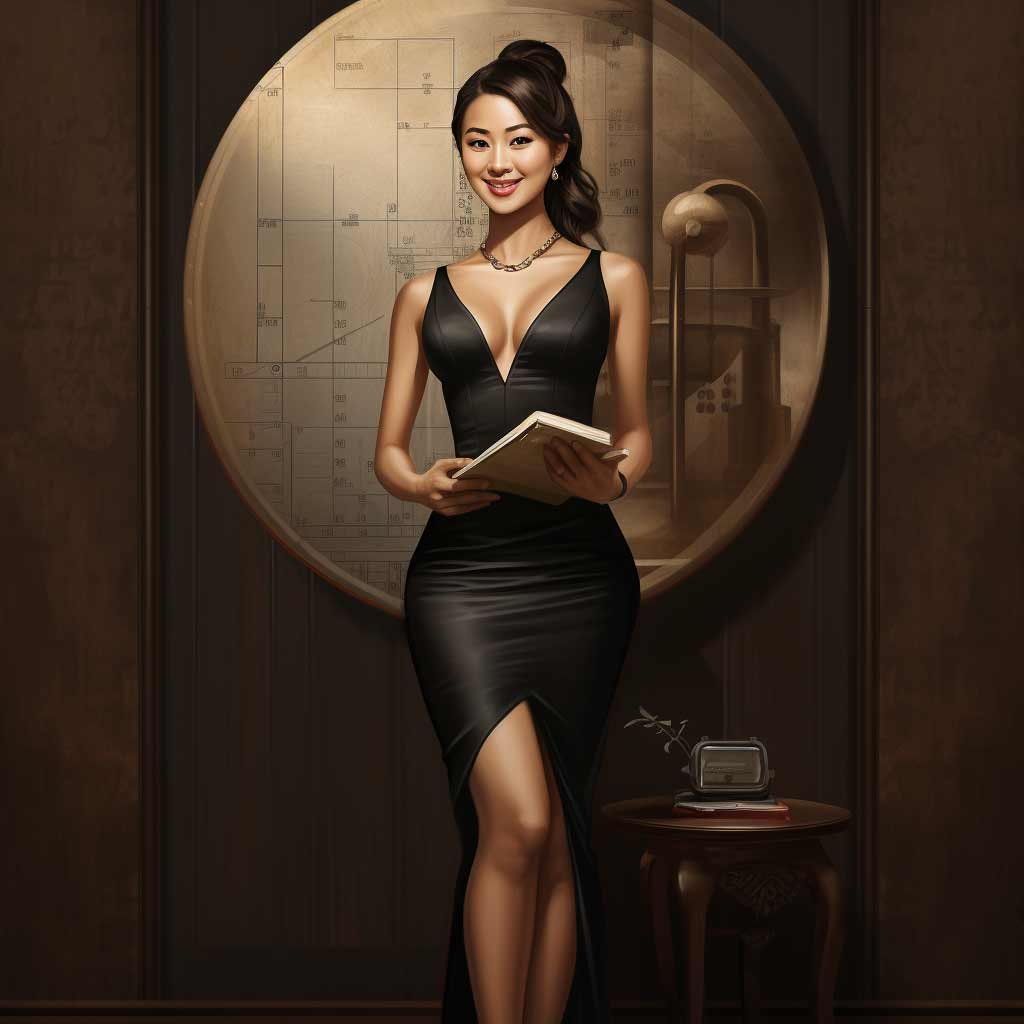
Let’s rewind the clock and see where it all began. The history of manga can be traced back to the artistic traditions of Japan, with roots intertwining with centuries-old Japanese art. Think of manga as the cool, modern descendant of classical Japanese art forms like ukiyo-e, those woodblock prints that are both traditional and timelessly edgy. The term “manga” itself, combining “man” (whimsical or impromptu) and “ga” (pictures), was popularized in the 19th century, but its essence existed way before. It’s like how your grandpa’s old records suddenly became hip again.
Fast forward to post-World War II Japan – manga began to evolve dramatically. Legendary artists like Osamu Tezuka, often hailed as the ‘God of Manga’, played a massive role in shaping modern manga. Tezuka’s works, like “Astro Boy” (Tetsuwan Atomu), weren’t just comics; they were the seeds from which the mighty tree of anime would grow. These stories were rich, the artwork detailed, and the themes – they spoke to everyone, from the young kid in Tokyo to the teenager in Texas.
Anime, manga’s animated sibling, took its first major steps in the 1960s. It borrowed heavily from manga, initially serving as televised versions of popular manga series. However, anime quickly evolved into an independent medium. It started experimenting with unique styles, storytelling methods, and production techniques. This was the era when classics like “Speed Racer” and “Gigantor” hit the airwaves, making Saturday mornings a little more special for kids across Japan and eventually, the globe.
What’s fascinating is how both manga and anime, born from the unique cultural and historical landscape of Japan, managed to cross oceans and break cultural barriers. They didn’t just translate; they transformed, adapting to resonate with audiences far from their homeland.
The rise of anime and manga in America, especially among the youth, can partly be attributed to their versatility and depth. While American comics and cartoons were often seen as child’s play, manga and anime offered something different – a blend of whimsy, complexity, and a touch of realism. They weren’t afraid to explore the grey areas of morality or the complexities of life, making them a hit with a more mature audience seeking substance with their style.
This history isn’t just about the evolution of art forms; it’s a tale of cultural exchange and adaptation. Anime and manga have become a language of their own, a form of expression that resonates with the universal themes of human experience, all while keeping that unique Japanese flavor.
Artistic Styles and Presentation: A Visual Symphony of Differences
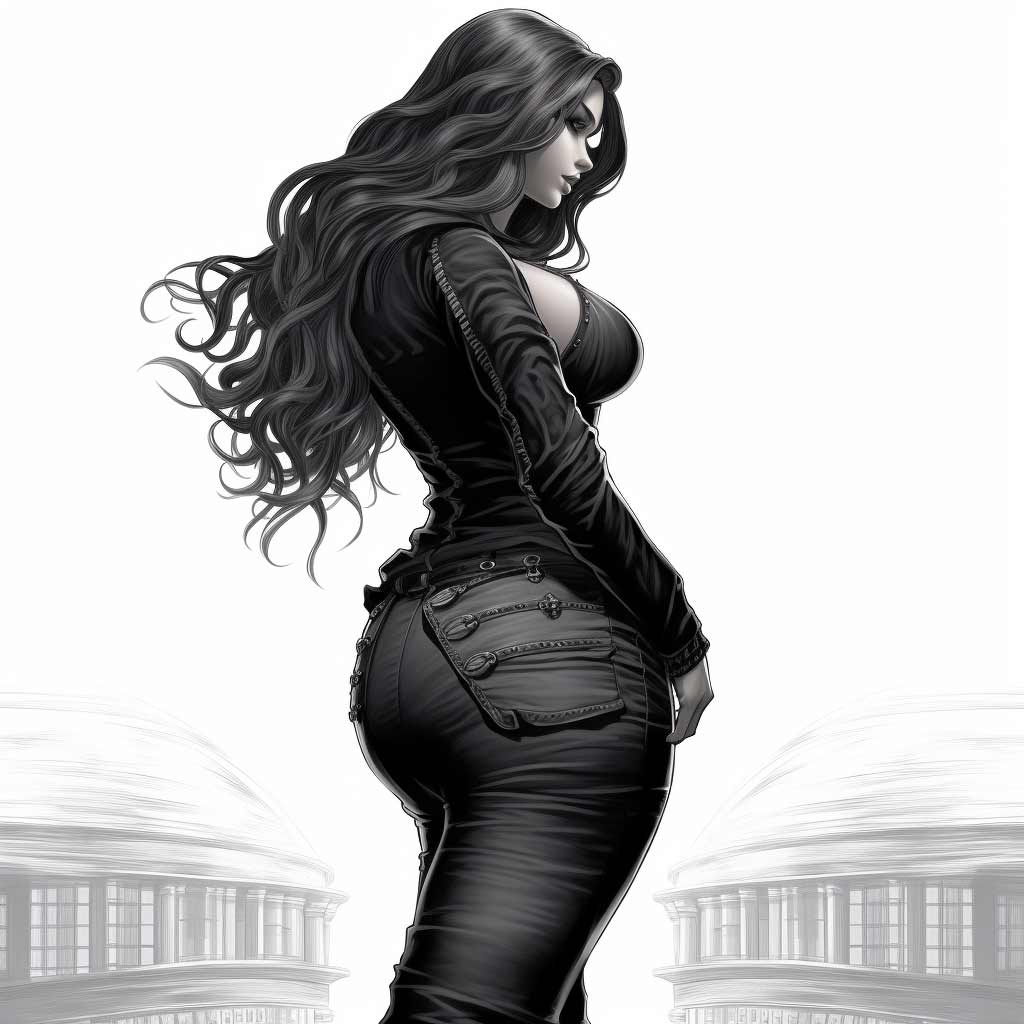
When we delve into the artistic styles of anime and manga, we’re not just talking about colors versus black and white. It’s about experiencing stories through different sensory channels and artistic expressions.
Manga: A Monochrome World with Infinite Shades
Manga, primarily published in black and white, is an art form where simplicity and complexity dance together on paper. The lack of color is not a limitation but an artistic choice that places immense power in the hands of line and shadow. Each stroke in a manga panel is deliberate, carrying emotion and action. The stark contrasts, the detailed backgrounds, and the expressive character designs all work together to create a visual language that’s as rich as any painting.
In manga, the art of storytelling is also in the layout of the panels. The arrangement and size of these panels play with the pace of the story, creating a rhythm that readers can almost feel as they flip through the pages. It’s like a visual symphony, where the tempo changes from a serene adagio to a heart-pounding allegro in just a few frames.
Anime: A Kaleidoscope of Motion and Emotion
Anime, on the other hand, takes the foundational art of manga and breathes life into it. Color floods the screen, movement adds dynamism, and the added dimension of sound – from voice acting to music – creates a multi-sensory experience. The artistic style in anime can vary wildly, from the hyper-realistic to the boldly abstract, catering to a wide range of tastes and narratives.
What’s unique about anime’s presentation is how it can bring to the forefront certain elements that manga may only subtly imply. The fluidity of animation allows for exaggerated expressions and dynamic action sequences that might only be hinted at in manga panels. And let’s not forget the impact of a well-timed soundtrack, which can elevate an emotional scene or make a battle feel epic.
However, anime is not just manga in motion. While many anime series start as manga, the transition from page to screen often involves significant adaptation. Some anime series take creative liberties, diverging from their manga origins to explore different story arcs or provide alternate endings. This creative divergence means that even if you’ve read the manga, the anime can offer a whole new experience.
The Symbiotic Relationship Between Manga and Anime
Despite these differences, anime and manga share a symbiotic relationship. Manga often serves as the source material for anime, but the success of an anime can send waves of new readers to its manga counterpart. They feed into each other, creating a cycle that continually boosts their popularity and cultural impact.
In America, this interplay has been fascinating to watch. The visual and narrative styles of both mediums have influenced American animation and comics, introducing new ways to tell stories and express ideas. The bold lines, dramatic expressions, and thematic depth found in anime and manga have become part of the global language of visual storytelling.
Storytelling and Pace: Manga vs. Anime – A Tale of Two Mediums
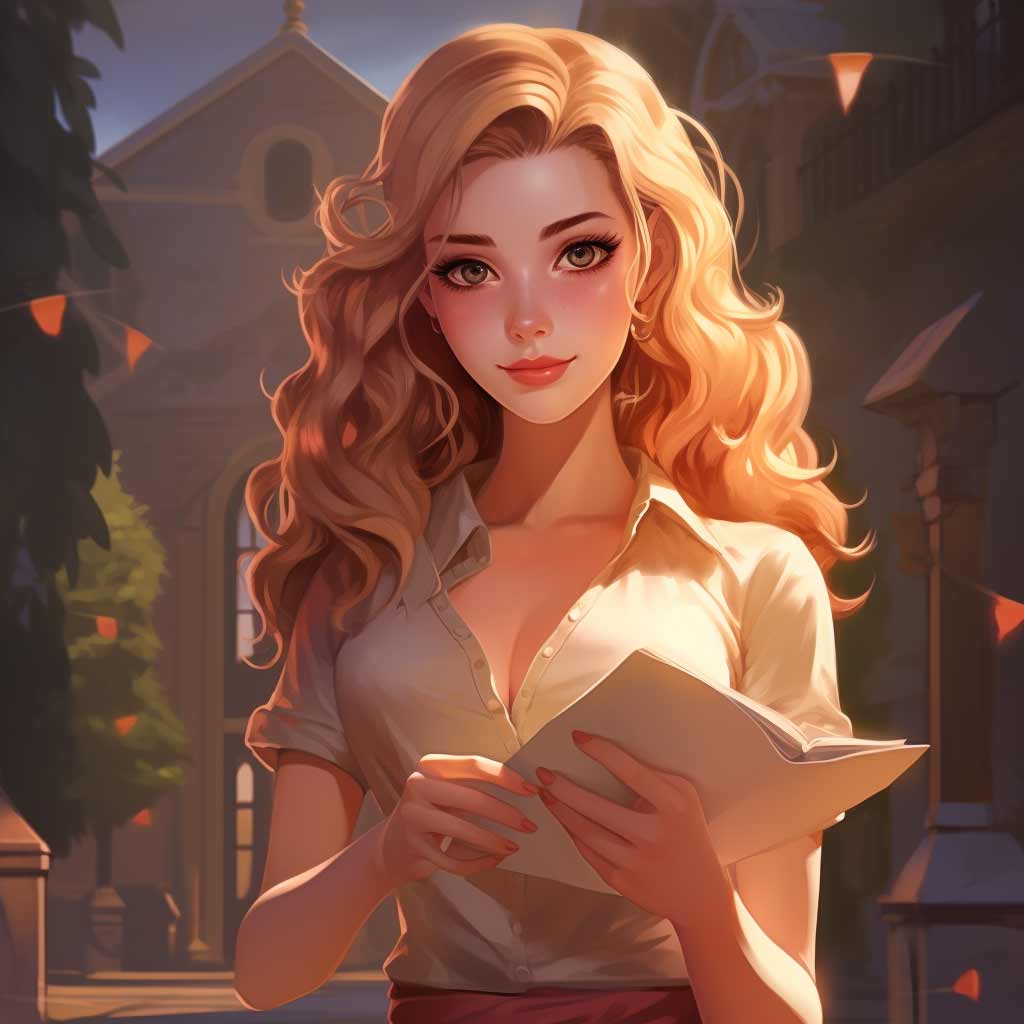
Chill Read vs. Fast-Paced Binge
Manga is like that chill playlist you dive into, setting your own vibe. You control the tempo, flipping pages and soaking in the scenes. It’s a solo journey into the manga-verse. Anime? That’s your weekend binge-fest. Episodes roll one after another, setting a group groove perfect for online chatter and meme-sharing.
What’s Going on in Their Heads?
In manga, characters’ thoughts pop up in bubbles and boxes, like silent tweets giving us the lowdown on their inner drama. Anime flips the script, making these thoughts loud and clear. Ever wondered how those quiet manga moments sound out loud? Anime’s got your answer, thanks to some killer voice acting.
Remixing the Plot
When manga jumps to anime, it’s like a remix – some parts get amplified, others get cut. Think of it as your favorite track, but with an unexpected beat drop. Anime sometimes throws in bonus scenes or entire story arcs not in the manga, adding extra flavor to the mix.
Page by Page vs. Marathon Sessions
Manga keeps you waiting, dropping chapters like episodic cliffhangers. It’s a slow burn, building up hype and theories. Anime, in today’s stream-and-chill era, often lands all at once. It’s the difference between savoring each bite and wolfing down the whole meal – both satisfying, but in different ways.
Production and Publication: The Anime and Manga Universe
The Anime Studio Stars
Anime studios in Japan are where the magic happens, turning manga pages into full-blown animated adventures. With over 500 studios, Japan’s anime industry is a bustling universe of creativity. Let’s spotlight some big names:
- J.C.Staff: Known for their versatile style, they’re like the chameleons of the anime world.
- Madhouse: These guys are the rockstars of deep, compelling stories.
- MAPPA: The cool new kids on the block, bringing fresh vibes to the scene.
- Production I.G: The tech wizards, blending traditional art with cutting-edge animation.
- Toei Animation: The grandmasters, having a hand in shaping anime as we know it.
- Trigger: These artists are all about bold, in-your-face animation.
- Ufotable: The visual sorcerers, known for their stunning, cinematic quality.
Manga Publishers: The Storytellers
On the manga side, publishers are the gatekeepers of the printed world, deciding what stories make it to your shelf. Some of the big names in the manga publishing arena include:
- Kodansha: These guys are like the heavyweights of manga, publishing some of the most iconic titles.
- Shogakukan: A major player, they’ve got a knack for stories that resonate with all ages.
- VIZ Media: The bridge between Japan and the West, they’ve brought countless manga to English-speaking audiences.
- Comikey: The new-age digital platform, making manga more accessible than ever.
- Yaoi Press: Specializing in yaoi manga, they cater to a niche but passionate audience.
The Production Beat
Anime production is like an elaborate dance. It starts with the concept, then storyboarding, designing characters and settings, and finally, animation and voice recording. It’s a team effort, where directors, animators, voice actors, and musicians come together to create something that’s more than just a show; it’s an experience.
Manga publication, in contrast, is a more solitary affair. It begins with a mangaka (manga artist) who often both writes and illustrates the story. Once a publisher picks it up, the manga goes through editing and printing before hitting the shelves. It’s like crafting a novel, each panel a carefully thought-out piece of the larger narrative puzzle.
From Page to Screen: The Journey
When manga gets the green light for an anime adaptation, it’s like a band’s hit single getting a music video. The story gets a new dimension, a chance to reach a broader audience. But the transition from page to screen isn’t always straightforward. It involves expanding storylines, adding depth to characters, and sometimes, creating entirely new content to fill in the gaps.
The anime and manga world is a dynamic realm where art, storytelling, and imagination collide. Whether it’s through the polished pages of a manga or the vibrant scenes of an anime, these mediums continue to captivate and inspire audiences around the globe.
Cultural and Global Influence: Anime and Manga’s Worldwide Wave

Anime and manga aren’t just entertainment; they’re cultural ambassadors. These Japanese exports have leaped off the islands and into the hearts of a global audience, especially resonating with young Americans.
More Than Just Cartoons and Comics
In the West, anime and manga have shifted the perception of what animation and comics can be. They’ve introduced themes with depth and complexity, challenging the notion that these mediums are just for kids. With their blend of action, philosophy, and emotional storytelling, anime and manga have broadened the horizons of pop culture narratives.
A Gateway to Japanese Culture
For many fans, anime and manga are the first steps into Japanese culture. They spark interest in language, traditions, and even cuisine. It’s a cultural exchange, where fans not only consume entertainment but also engage with the culture behind it.
Inspiring Creativity and Community
The influence of anime and manga has spurred creativity worldwide. Fan art, cosplay, and fanfiction are just the tip of the iceberg. These mediums have fostered global communities, where fans connect over shared interests, regardless of geographic boundaries.
Economic Impact
The anime and manga boom has also had an economic ripple effect. They’ve become a significant part of the entertainment industry, influencing movie adaptations, merchandise, and even tourism. Their popularity has opened up new markets and opportunities for cross-cultural collaborations.
Changing the Game
Anime and manga have changed the game in storytelling and artistic expression. They’ve brought fresh perspectives and styles to the global entertainment scene, proving that great stories and art know no borders.
This cultural footprint of anime and manga reflects their power not just as art forms but as mediums that connect people across different backgrounds, inspiring a new generation of artists and storytellers.
Conclusion: The Unique Universe of Anime and Manga
So, what’s the real deal with anime and manga? They’re more than just Japan’s coolest exports; they’re windows into a vivid world of storytelling and artistic expression. From the tactile, personal journey of reading a manga to the collective, sensory-rich experience of watching an anime, these mediums have transcended cultural boundaries, resonating with a diverse, global audience.
Anime and manga have redefined perceptions of comics and animation, especially among American youth. They’ve sparked new interests in Japanese culture, fueled creativity, and fostered a sense of community among fans. Their influence extends beyond entertainment, impacting economics, art, and global storytelling styles.
As we’ve seen, anime and manga are distinct yet intertwined, each offering unique experiences while enriching the other. Their evolution and global reach are testaments to their universal appeal and the power of storytelling to connect people across different cultures and backgrounds.
In essence, anime and manga are not just forms of entertainment; they’re cultural phenomena that continue to evolve, inspire, and bring people together. Whether you’re a long-time fan or a curious newcomer, the worlds of anime and manga are waiting to be explored, offering adventures and experiences that are as diverse as their global fanbase.

